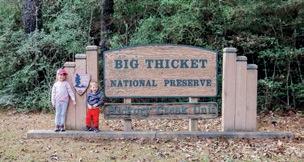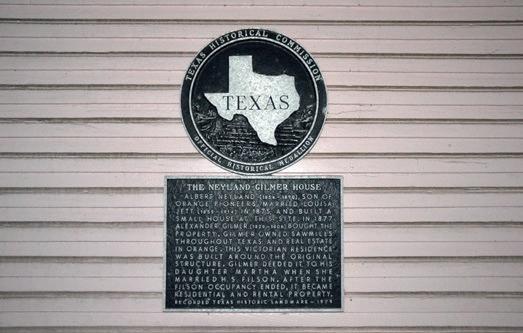
1 minute read
DAY TRIP
Exploring the Big Thicket
Photo courtesy of NPS Source: https://www.bigthicket.org/
BBig Thicket National Preserve protects 113,121.96 acres of land and water spread over seven counties in southeast Texas. While public roads connect the units of the preserve, few roads lead into it; the best way to explore and experience this area is by foot or by boat. Approximately 40 miles of hiking trails and countless miles of creeks, bayous, and the Neches River wind through the Big Thicket.
Most visitors come to walk, birdwatch, canoe, and kayak.
The best place to start your trip is at the Big Thicket National Preserve Visitor Center. Educational displays and a 15-minute orientation film provide about the early settlers of the Big Thicket and why this area became protected as a national preserve and preserve staff can help you plan your visit.
At the visitor center you can find trail maps and talk to a ranger to find recreational options.
While there are no developed campgrounds or designated campsites in the preserve, people may backpack into many areas or camp on sandbars along the Neches River and Village Creek. There is no road or hiking access to sandbars; these are accessible only by boat.
Permits are required for camping in the preserve. These are free and must be obtained
in person at the visitor center within 7 days of the start of the trip. Campers must call the visitor center at the completion of their trip to check out. Call the visitor center at 409-951- 6700 for more information on camping.

Camping is permitted year-round in the Turkey Creek Unit, the Canyonlands Unit, and along the Woodlands Trail, as well as on sandbars along Village Creek and the Neches River, including those in the Neches Bottom and Jack Gore Baygall Unit. It is permitted throughout the Beaumont Unit, Big Sandy Creek Unit, Beech Creek Unit, Lance Rosier Unit, and Neches Bottom and Jack Gore Baygall Unit outside of hunting season, which generally runs October through February.








